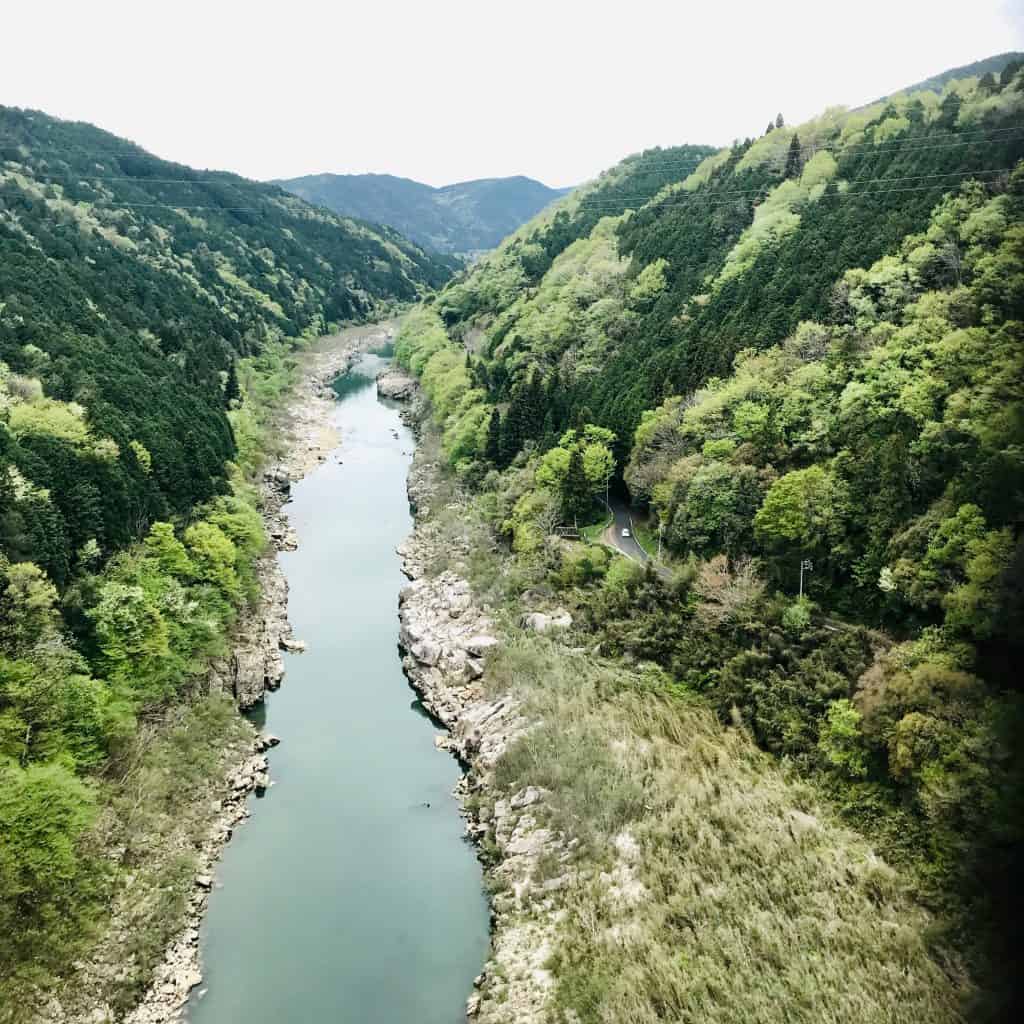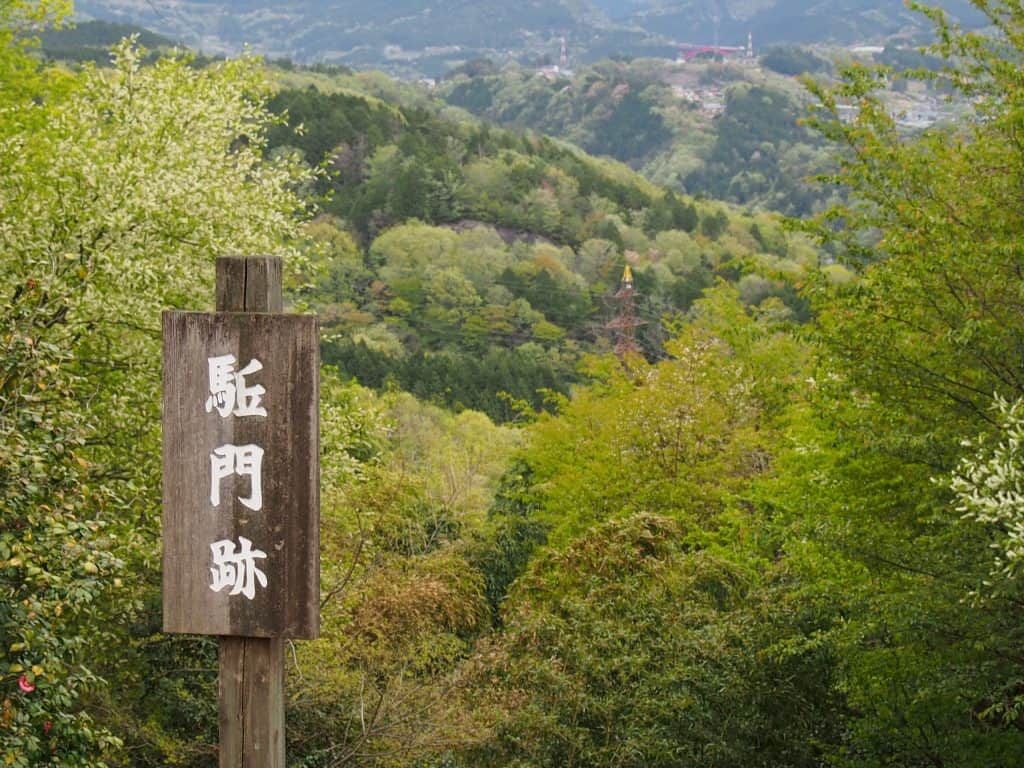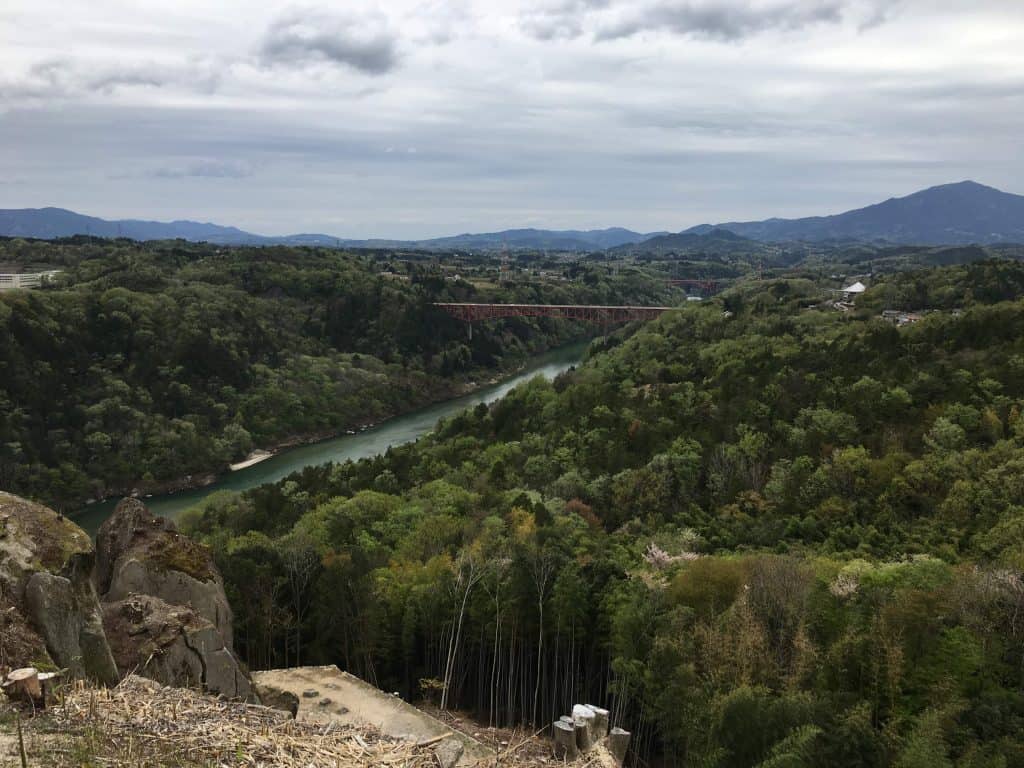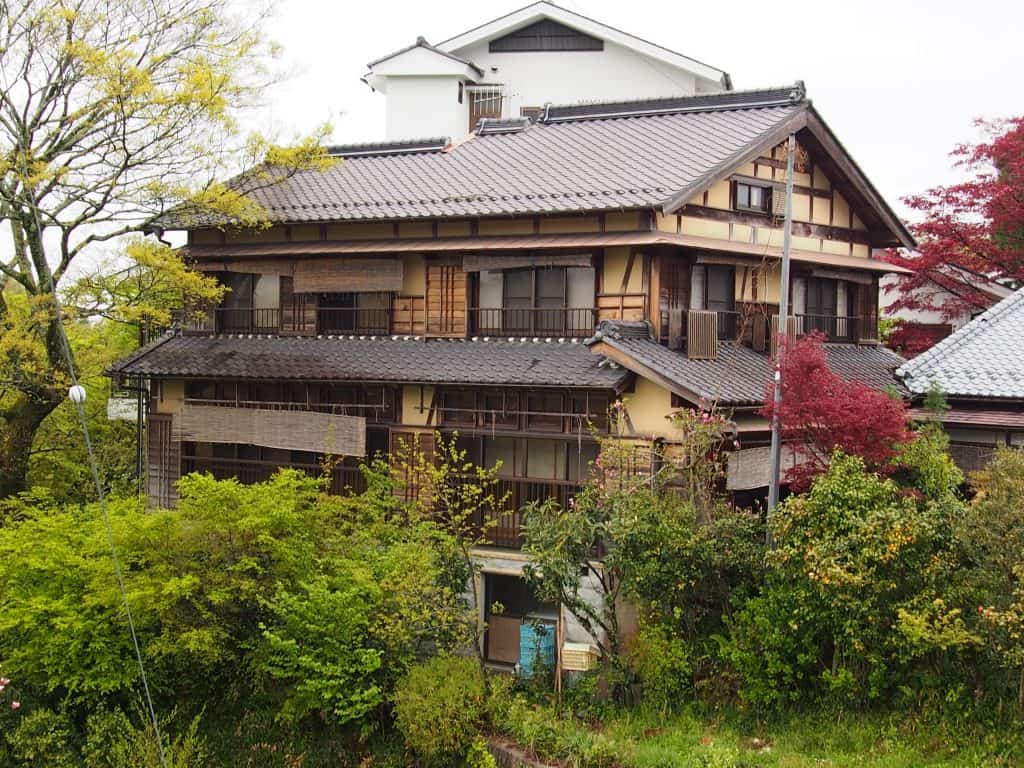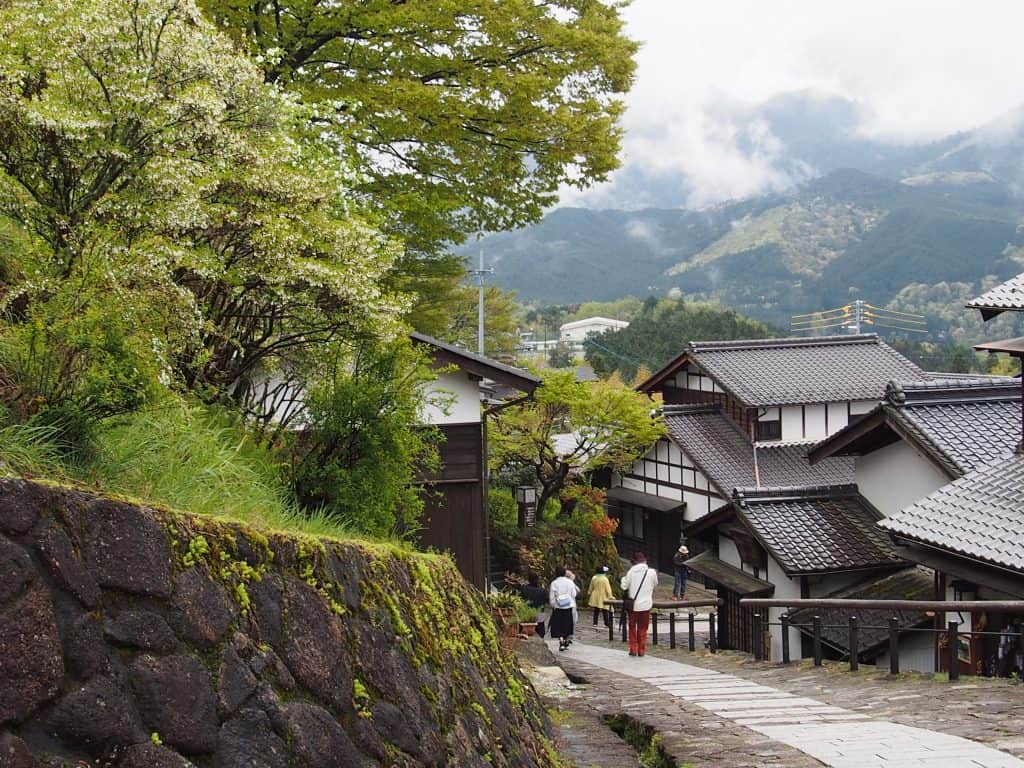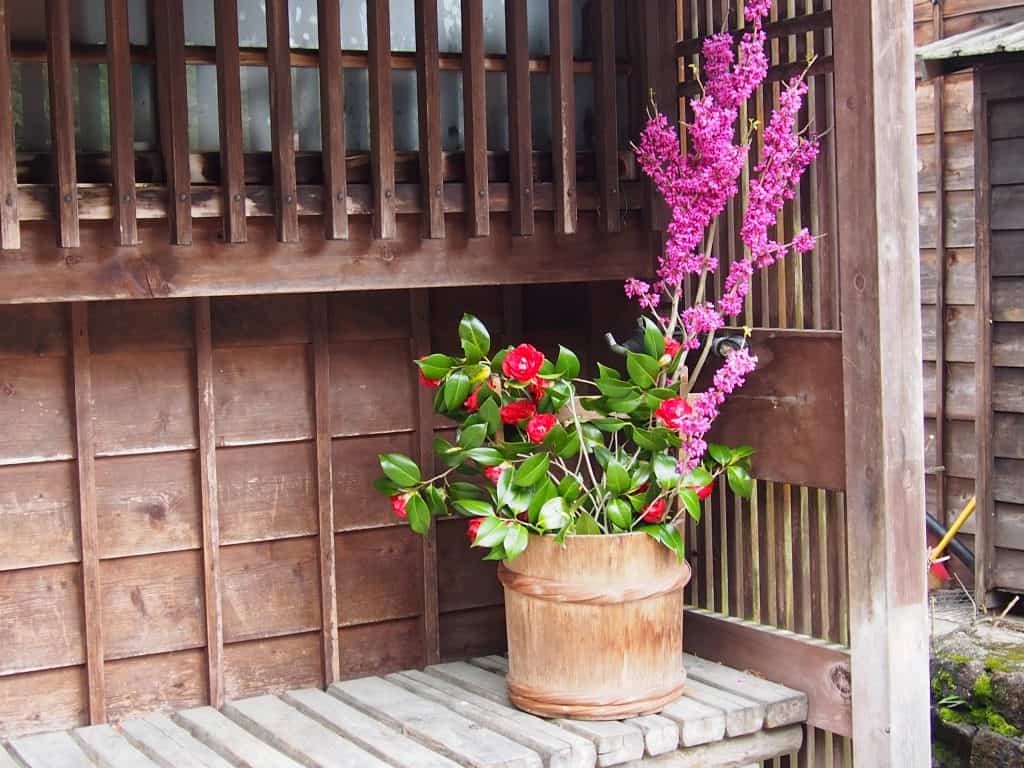The Kumano Kodo Pilgrimage
Introduction
In the Wakayama area of Kii Peninsula, there are a number of ancient walking trails which are collectively known as the Kumano Kodo. Traversing mountains, passing through lushly forested gulleys and crossing racing rivers, you’ll see some of the most spectacular nature Japan has to offer. But enjoying nature is just a side benefit. This area is deeply spiritual and is steeped in history. For more than a thousand years pilgrims have used these trails to reach the three Grand Shrines of Kumano: Kumano Hongū Taisha, Kumano Nachi Taisha and Kumano Hayatama Taisha (source wikipedia).
We love being close to nature so took a couple of days off work during rainy season (July 2019) to visit the Kumano Kodo. Here is our account of the trip.

Day One
My travel companion joined me from Tokyo so my first stop was Kansai Airport to pick her up. From there we got directly onto the ‘Hanwa Highway’ which is the direct route to Wakayama and the Kii Peninsula. It’s an easy drive of about an hour and a half to Nanki Tanabe Interchange which is where we left the highway.
Are you planning to drive in Japan? Here are a few things to remember:
- the speed limit on the highways is a maximum of 80km per hour but on rainy or windy days it can be reduced to 60km per hour, this is indicated by round electronic signs reading 60 or 80. You might not see many police cars or speed cameras but this highway is patrolled by unmarked vehicles and hidden cameras so for your safety and to avoid a ticket, stick to the limit.
- along the highway, you will encounter toll booths. If your car is fitted with an ETC machine you can drive through the electronic reader lane, usually purple signage. If you don’t have the machine you’ll need to go through the manual payment lane, indicated by a green light. You can pay using cash or credit card. The amount due will be displayed on a sign next to the toll booth after you hand over your ticket.
- toilet breaks and snack pitstops are possible at the many ‘rest areas’ which you can enter freely without having to exit the highway. Use these because you’ll save money by staying on the highway until your final destination.
Nakahechicho Area

We were booked to stay at a mountainside cottage which we had booked through AirBnB. It was raining heavily on and off all day so after a quick lunch at a local noodle place, we grabbed a few groceries and headed to our accommodation.
The purpose of our trip was not hiking given that it is rainy season. Landslides and flooded rivers are a real possibility at this time of year so rather than hike we simply planned some R&R. Our cottage was just perfect for that and I highly recommend it.
It has a hinoki clad bathroom with a view over the mountains! Gorgeous.
If you are planning to hike the Nakahechi Trail and are starting at Takijiri-oji then this cottage is a great location for that. Link to more info.
